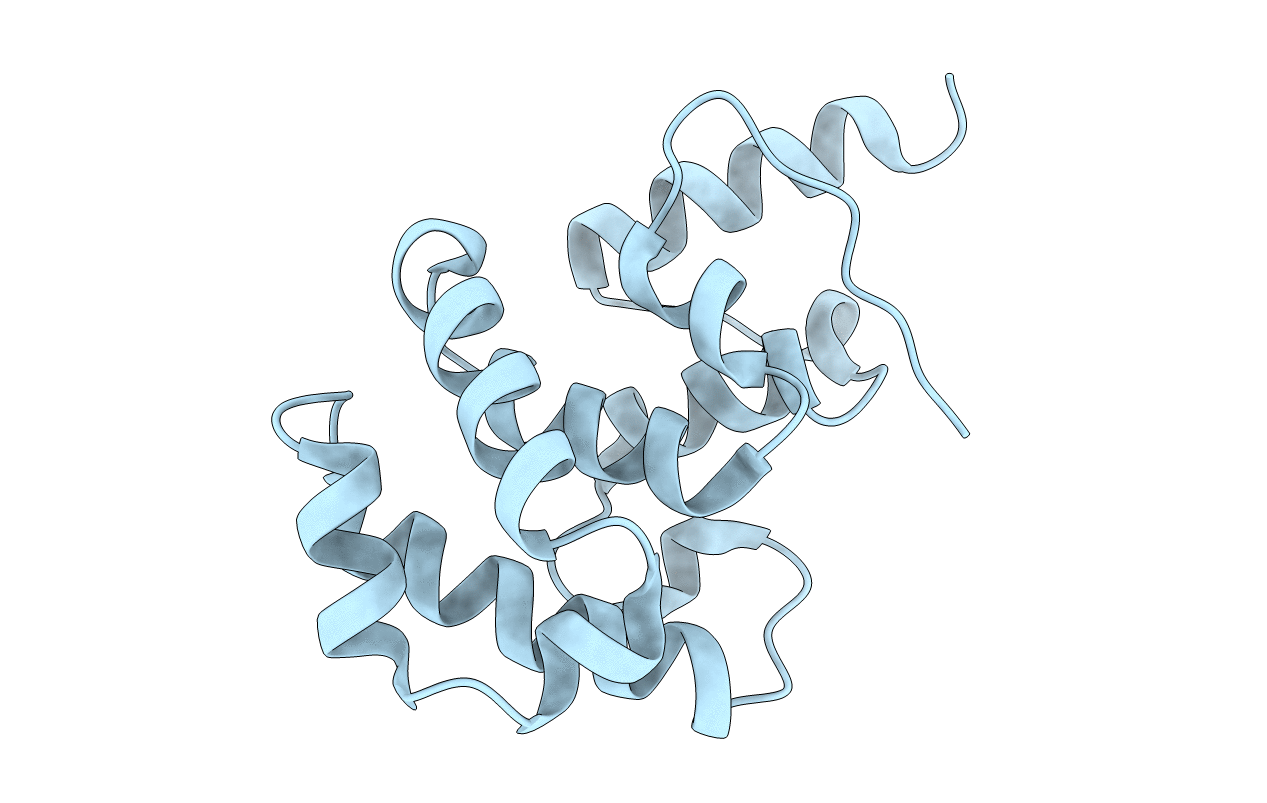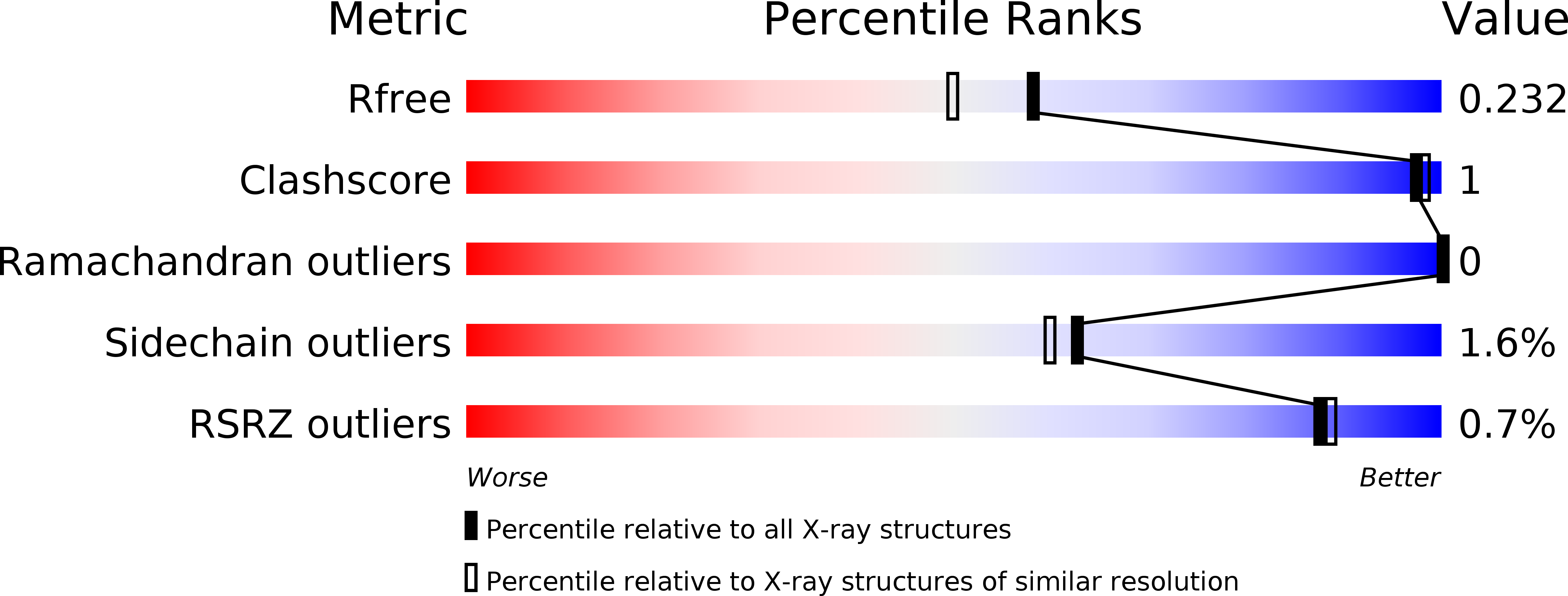
Deposition Date
2012-03-21
Release Date
2012-08-08
Last Version Date
2023-09-13
Method Details:
Experimental Method:
Resolution:
1.90 Å
R-Value Free:
0.21
R-Value Work:
0.19
R-Value Observed:
0.19
Space Group:
H 3


